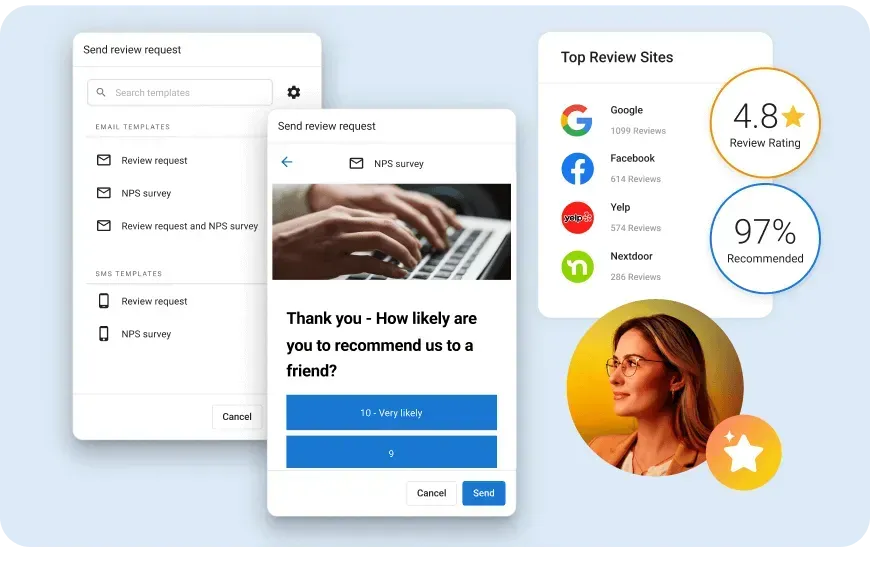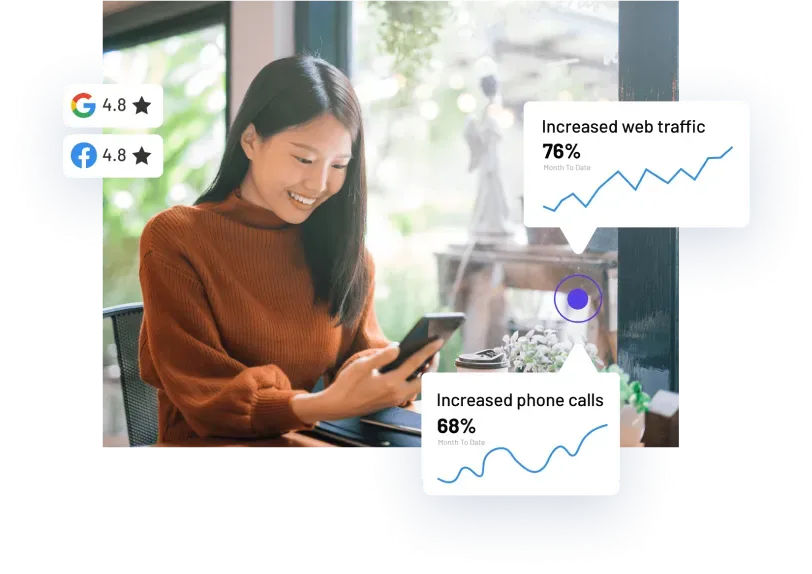DESIGNING A POWERFUL CALL TO ACTION
Strong call to actions are the most important features of any landing page.

Strong call to actions are the most important features of any landing page.
The only problem is that most businesses don’t know of its importance and, hence, don’t use them. In your digital strategy, every tool and arsenal in your marketing strategy counts.
Businesses need to make their appeals strong enough for potential leads to click on them and to convert into customers. If you are serious about writing a powerful call to action, consider using the following principles to drive the message forward.
Increasing Visibility
Don’t hide your call-to-action under giant walls of text. Your leads won’t click on them if they can’t even find the call to action. Experts believe that you should place the call to action somewhere above or below the fold (upper half of the webpage).
Consider changing the color palette and theme of your CTA to make it stand out from other areas of the page.
To make your CTA even more attractive, try using rounded buttons to increase the number of visitors to follow your desired action.
A Clear Message
Another problem with many CTAs is the presence of a lackluster message. No matter how good the design of your CTA is, if it doesn’t have a strong and compelling message, visitors won’t follow through.
To solve this dilemma, you can design your CTA by answering the following questions:
- What do you want your visitors to do?
- Why should they follow through?
To make sure that your CTA is sending the right message, avoid the use of generic messages such as “Buy Now” or “Click Here”. These messages fail to answer the two important questions. Instead, you can use a powerful sentence, such as “Get Your Swimming Gear and Start Swimming!” It solves both questions and doesn’t take more than a few words.
Additionally, you can also try creating a sense of emergency, such as “Now”, “Tomorrow”, or “Today”,to prompt visitors to follow through.
Using Supporting Elements
Supporting elements can be images or testimonials. But it is absolutely essential that you don’t overdo it. Some support elements could come across as too strong and may discourage the visitor to click.
If you are using testimonials, you need to make sure they are real. If you are using pictures, make sure they are relevant enough to support the CTA.
It might look like extra work, but when you compare the improved website results and action rates, it will feel like time well spent.

Your customers are already talking. The question is—are you in the conversation? With our Business App + AI tools, you can finally take control of your online reputation without losing hours of your day. It’s smart, simple, and built for small business owners who want to grow (without the grind). Best of all, you can start FREE. Sign up here

Throughout this guide, we've explored how startups can use digital marketing to not only compete but excel, without the need for large budgets. From the targeted precision of email marketing to the expansive reach of social media, these tools provide a foundation for robust online engagement. Google's suite of tools enhances visibility and insights, while content marketing establishes your brand's authority and connects deeply with your audience.

In the fast-paced world of customer service, AI-powered chatbots are making significant strides, enhancing the way businesses interact with their customers. These tools are reshaping customer engagement, offering solutions that are immediate and increasingly personalized. Yet, one might wonder, can a machine truly understand and adapt to the diverse needs of customers?

Have you ever wondered how the simple act of speaking to a device could fill your shopping cart? Voice-activated shopping is a rapidly growing trend that's reshaping how we buy. With 27.4% of consumers already using intelligent assistants for their purchases, it's clear that this technology is establishing a significant presence.

This article explores the essential strategies for building and nurturing an online community that aligns with your brand’s values and business goals. How do you identify the right audience, and what platforms best host your budding community? These questions are pivotal as we explore the art of community engagement.

This guide explores practical strategies for safeguarding and enhancing your brand's reputation, ensuring it remains resilient against the ever-changing digital backdrop. What role does social media play in shaping how potential clients see you, and how can you turn sustainability into a compelling narrative for your audience?

Have you ever wondered why we often check online reviews before buying a product or choosing a restaurant? This behaviour is rooted in the concept of social proof, a psychological phenomenon where people assume the actions of others reflect correct behaviour for a given situation. In digital marketing, harnessing this powerful tool can significantly enhance your brand's credibility and influence consumer decisions. But how exactly can you leverage social proof to meet and exceed your marketing goals?



















